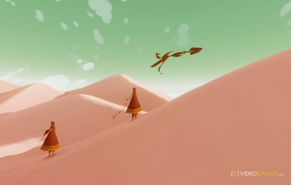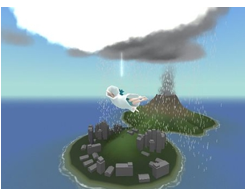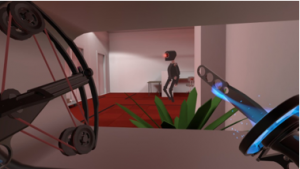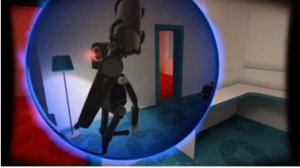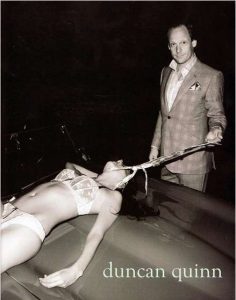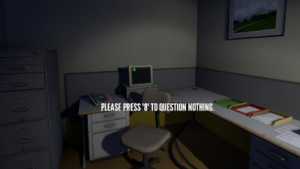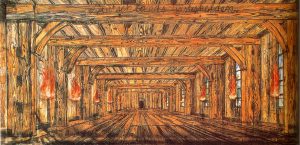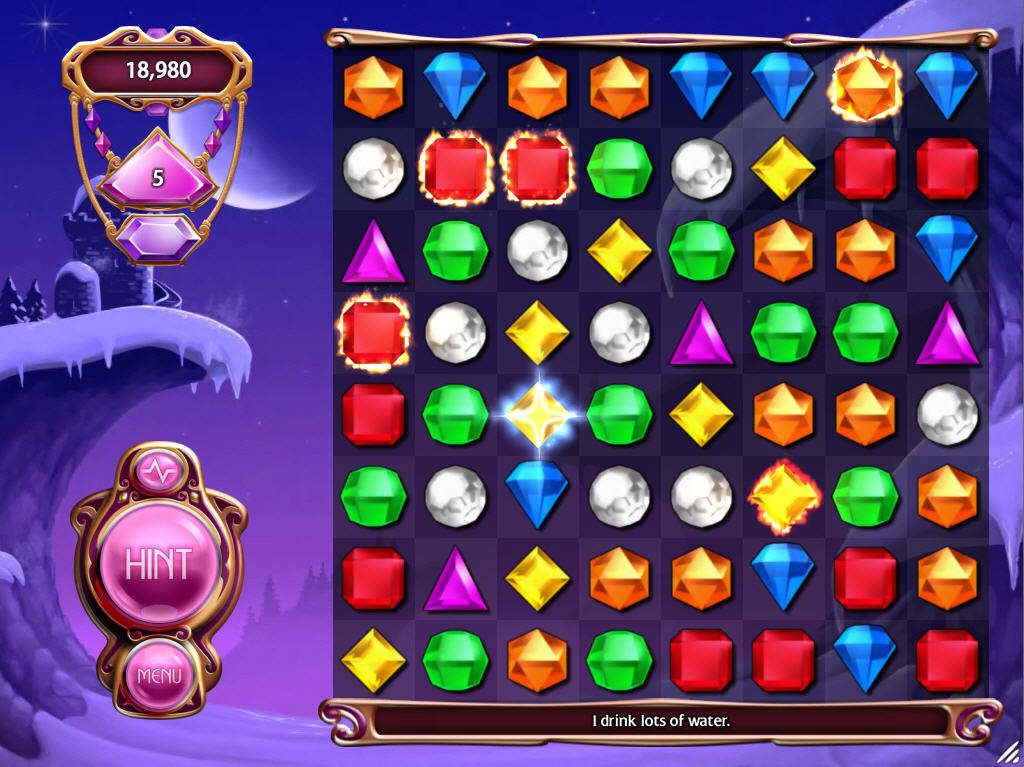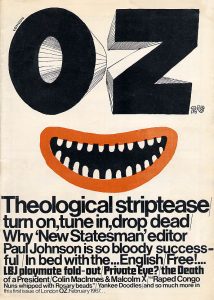Choose one of the indie designers / developers and outline why their work, and approach is of interest to you?
An indie developer which interests me is TheGameCompany which was founded in 2006. This indie developer has developed games like Cloud and Journey which both try to capture the feeling of smallness and anonymity using gameplay and art style. For example, Journey uses a very aesthetic art style which consists of geometric shapes and a color palate which is very mellow and calm to look at visually. This art style interests me because rather than focusing on amazing visuals and fast paced gameplay it tries to capture a feeling by using both visuals and gameplay in harmony to create an atmosphere that the user can be immersed in and feel the urge to invest time into day after day. Cloud a game developed before journey and was used by TheGameCompany to test how gamers would feel about a simplistic game which focuses on trying to make the user emotionally invested in the story and game. Cloud was a game based on one of the developer’s childhood who was hospitalized very often due to being asthmatic, when in this state he would dream a lot about flying around in his mind. This then spawned the game Cloud. This attention to detail in an indie game creates empathy, so the user can connect and feel what it was like to be in the mind of person going through hardship and this exactly what interests me about this developer they focus on creating a connection through the game by adding layers of depth which in turn add more meaning then indie games which solely focus on following a puzzle solving game style, where the player will just solve puzzles and carry on to the next one.
Sources and references
https://en.wikipedia.org/wiki/Journey_(2012_video_game)
https://en.wikipedia.org/wiki/Cloud_(video_game)
https://en.wikipedia.org/wiki/Thatgamecompany
What do you think could be the most exciting indie projects that are in development?
One of the most exciting indie projects I am looking forward to is Budget Cuts this an indie game which uses VR to allow the user to play the game. Budget cuts is a game based around the player being a spy and infiltrating set locations he or she must go through the map killing robots by using weapons like guns and knives to eliminate targets but being a spy, you are also required to cover up your kills by hiding the bodies this use of stealth mechanic totally immerses the player. The player can also peak around corners and hide in vents if needed. This is one of the best VR games out there so far and has been in development for around 3 years and should be released early 2018. When I played the demo, it was like entering a new world and felt totally connected as the graphics and gameplay had great synergy to immerse me in the gameplay. Budget cuts has a vast array of mechanics such as a use of a portal gun which throws a ball in a chosen direction and then allows the player to scan the room for enemies before blinking into the room, I love the use of stealth mechanics incorporated with VR.
Sources and references
https://futureofstorytelling.org/project/budget-cuts
https://www.youtube.com/watch?v=zpgn8U5Ug8M


